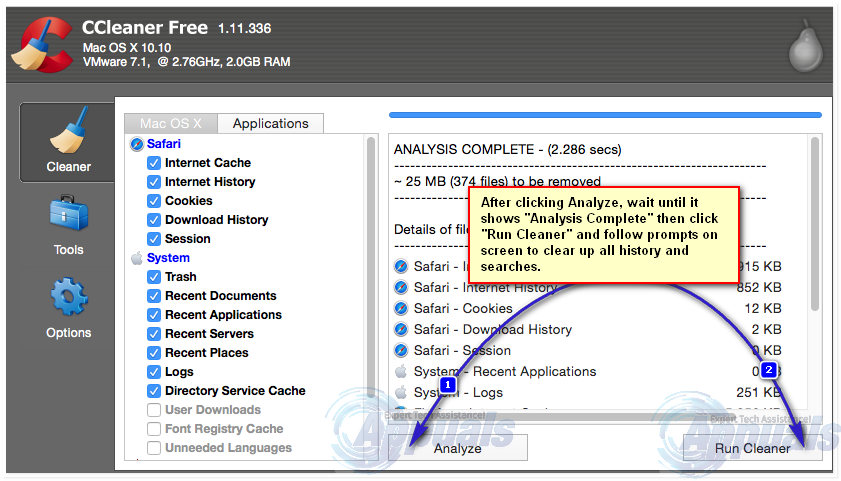BEST GUIDE: How to Clear Search History and Cache on Mac
Caches are the temporary internet files your browser stores on your Mac. When you visit a website, your browser stores small parts of that site on your computer. That way, the next time you visit the site, your browser will already have some of its data stored on your computer, thereby speeding up your overall browsing speed. This method too, frees up additional data bandwidth.
But as time passes, this cache data can build up, taking up a considerable amount of space on your hard disk storage. Additionally, these temporary files stored by the browser can be accessed by anyone, revealing which websites you have visited and infringing on your privacy. Similarly, your browser also stores cookies, which websites use to store bits of text, your log-in statuses, preferences, and so on. This provides a detailed history of your internet usage. Cookies can also be exploited by advertising networks to target you with specific ads.
Sometimes, the cache or other temporary files can cause your browser to malfunction. The cache can become corrupted when not cleared for a long time, causing your browser to slow down or stop working altogether. Issues can also be limited to a single website that will stop opening.
You can easily clear all of this temporary data using the methods given below. This action will free up disk space and remove any evidence of websites you’ve visited.
How to Clear the Search History and Cache on Safari Version 8 and Later.
Run the Safari browser. Click on ‘Safari’ in the menu bar. Select ‘Clear History and Website Data’ from the dropdown menu. Then, choose your desired time span from the dropdown menu next to ‘Clear’. After this, click ‘Clear History’. Doing so will remove all your history and temporary files in Safari.

To remove cache only, click ‘Safari’ in the menu bar. Then, select ‘Preferences’ from the dropdown menu.

Click on ‘Advanced’. Now, search for ‘Show Develop menu’ in the menu bar and place a checkmark in the box next to it.
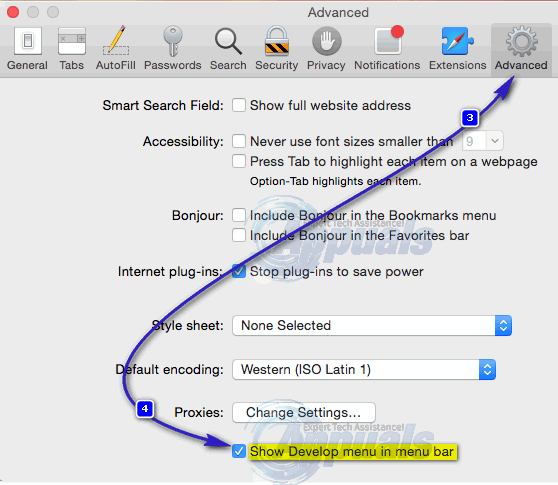
The ‘Develop’ menu is now available on the menu bar. Click on it and select ‘Empty Caches’ from the dropdown menu. To permanently disable cache on Safari (which is not recommended because it will restrict access to certain sites that require cache), click ‘Disable Cache’.
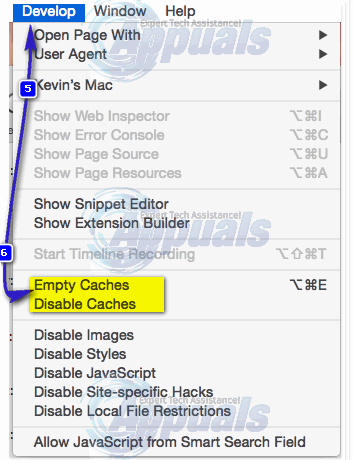
To do it via the Terminal, follow these steps.
Click Application > Utilities > Terminal to open a Terminal Window.
Type the following command and press Return to execute.
rm -rf ~/Library/Caches/Safari
touch ~/Library/Caches/Safari
Quit terminal and launch Safari.

How to Clear the Search History and Cache on Safari 7 and Older Versions.
Click on ‘Safari’ in the menu bar, then click on ‘Reset Safari’.

In the ‘Reset Safari’ window, place a check on the data you wish to remove from Safari (e.g., ‘Clear History Data’, ‘Remove All Website Data’). Click ‘Reset’. Now, restart Safari.
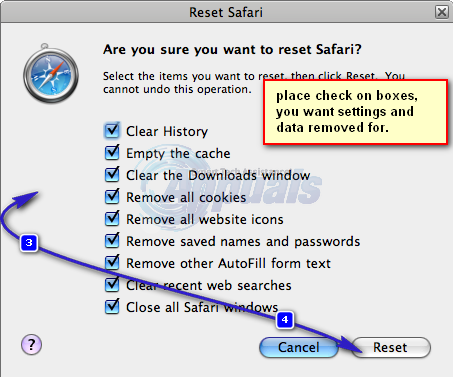
To remove only the cache, click ‘Safari’ in the menu bar, and choose ‘Empty Cache’.
How to clear the search history and cache on Firefox.
Run Firefox, then click on ‘History’ in the menu bar. Select ‘Clear your recent history…’ from the drop-down menu under History, or press Shift + Command + Delete.
In the ‘Clear Recent History’ window, next to ‘Time Range to Clear,’ select the time span from which you want the data to be deleted in the drop-down menu. Select everything in the list to remove any doubts during troubleshooting.
Click ‘Details’ to expand and select the items you want to remove. ‘Browsing & Download History’ and ‘Cache’ can also be chosen from the list. Select all if you are troubleshooting.
Click Clear Now. All of your saved passwords, login details, cache, cookies, and history will be removed.
Restart Firefox.

How to Clear Search History and Cache on Google Chrome,
Open Google Chrome, and then click on the Menu button located at the top right corner to open the menu.
Click More Tools. Now click Clear Browsing Data or press Shift + Command + Delete.
A dialog box will appear, listing types of information (e.g., cache images and files, browsing history, cookies). Select the checkboxes for the types you want to remove. If troubleshooting, select everything in the list to remove any doubts.
Select the time span from which you want to delete the temporary file, under ‘Obliterate the following items from.’ Then, click on ‘Clear browsing data.’ The items will be deleted. Now, restart Chrome.”
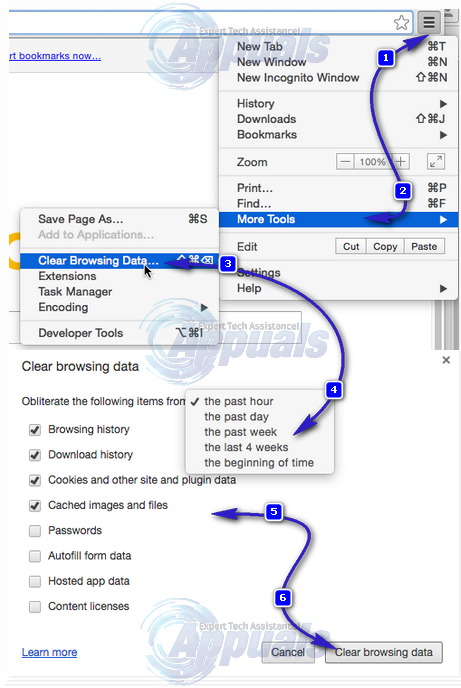
How to Use CCleaner to Clear Search History and Cache.
CCleaner is a highly rated and widely used freeware program. It is specifically used to clean up your system by removing all temporary files that are safe to delete. This naturally includes cache files from any browser installed on your Mac.
Download the free CCleaner for Mac from this link: https://www.ccleaner.com/ccleaner-mac/download. Save and install CCleaner from the downloaded file.
After completing the installation, close all other applications and open CCleaner from its shortcut in Applications. If any warning messages appear, confirm and click ‘Yes.’ When CCleaner launches, ensure all items in the left pane are ticked, then click ‘Analyze’ to begin the analysis of temporary and excess files. Once the analysis is complete, click ‘Clean’ to start the cleaning process. After cleaning is complete, reboot your Mac.
